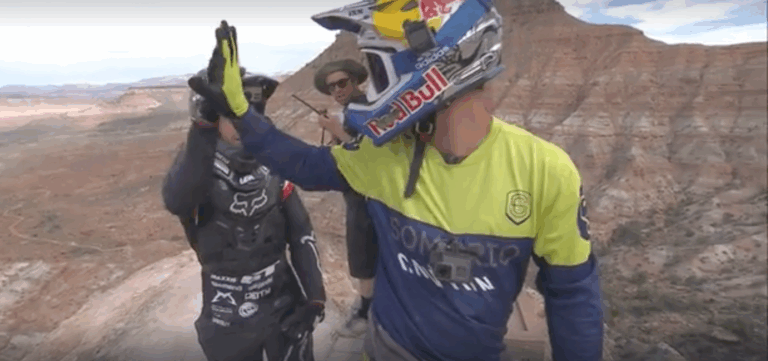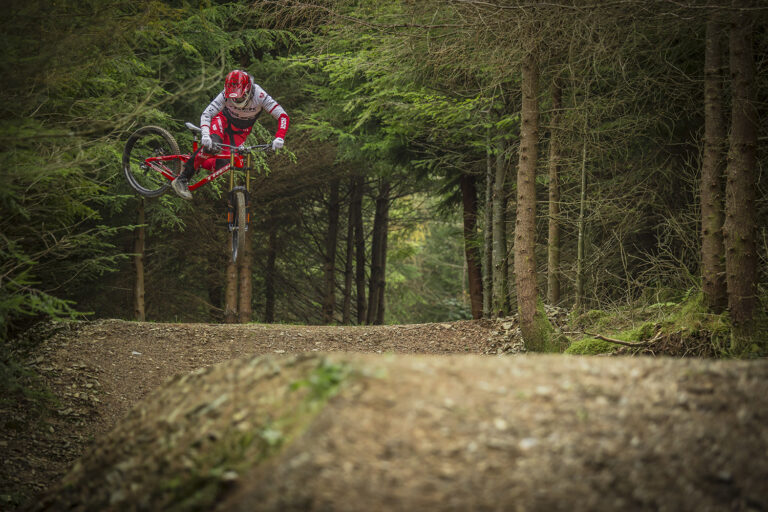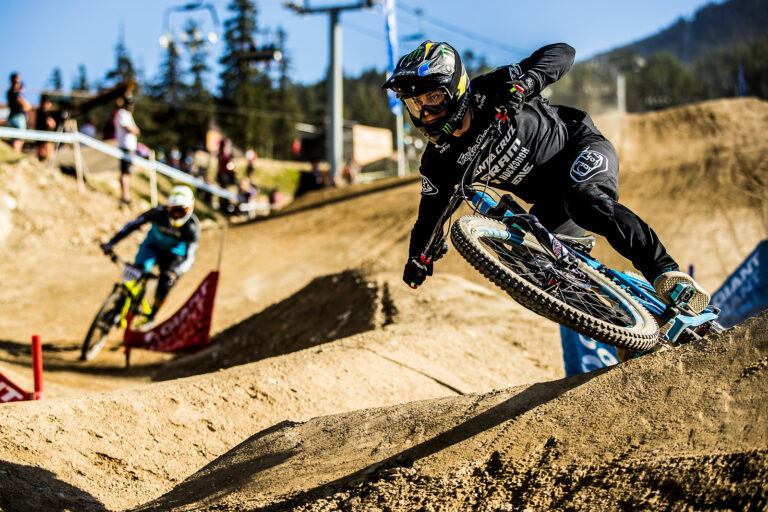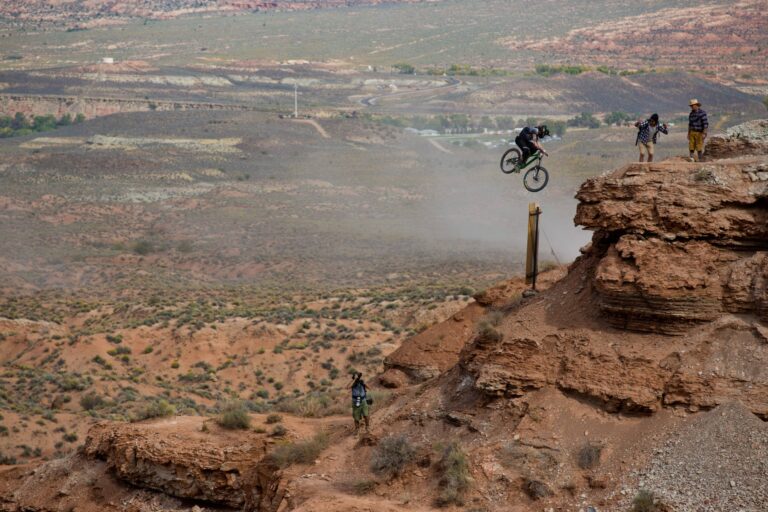UNNO BIKES EXCLUSIVE FIRST RIDE
Words and images: Steven Jones
Let’s be clear, this is a prototype bike. But with production aimed at the beginning of 2017 Unno are on the move.
By concentrating all design, testing and production out of their Barcelona headquarters this is a very exclusive, very expensive bike. Our mission was simply to see whether there is a value to such an approach during a time when most mountainbike business models are all about research and design in the west, production in the east, sometimes with a disconnect but nearly always coming out shiny and light.

Unno have gone raw, distinct and with a real edge of Catalonian chic about them. Yet the range of five carbon bikes from hardtail, 130mm trail, 150mm enduro and full downhill are just part of the workload from a design studio that is contracted to other two wheel business such as KTM and Honda motorcycles and has been central to some of Mondraker’s key bikes no more so than the forward geometry models.














